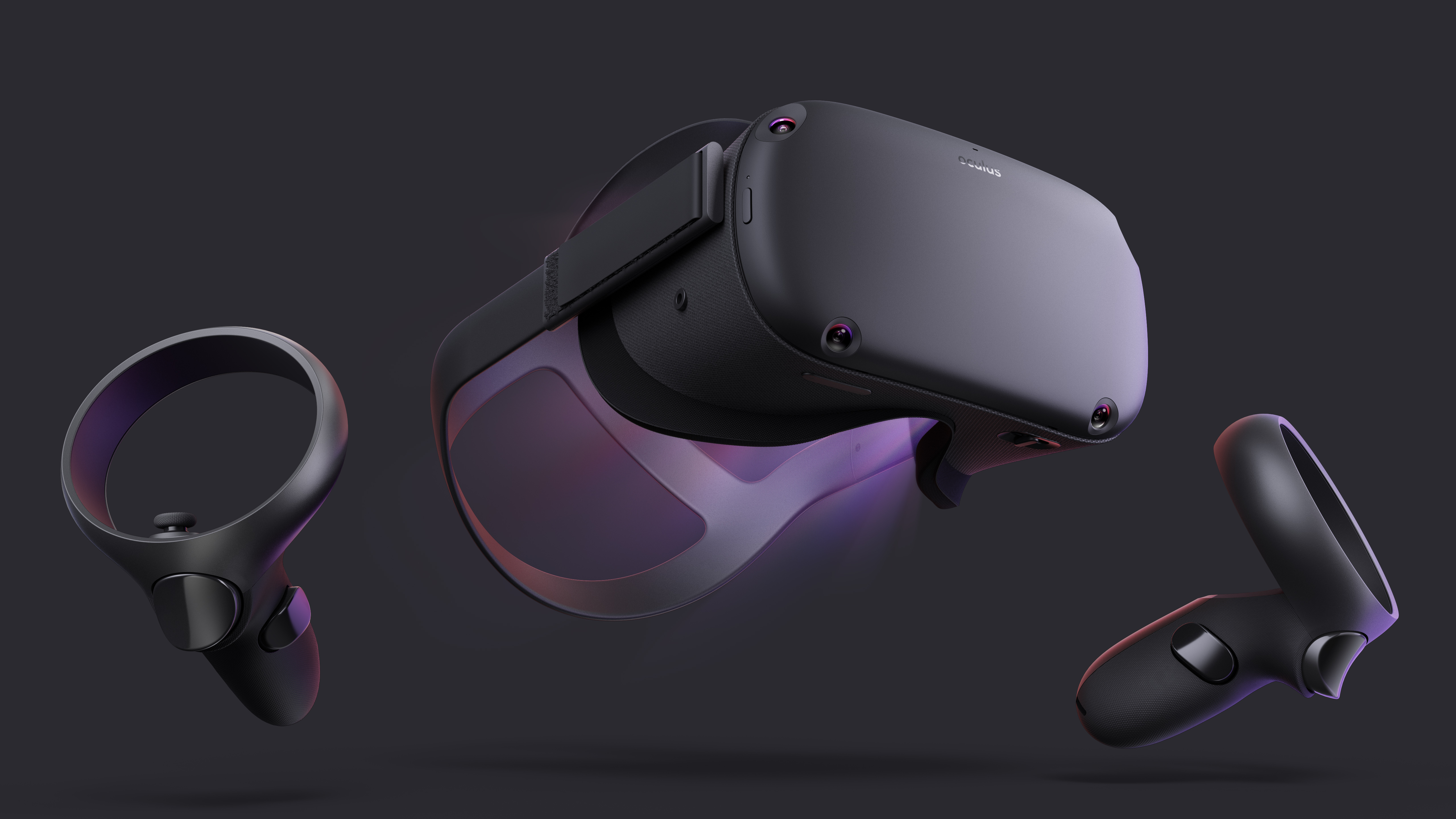VIRTUAL REALITY
Virtual reality (VR) is the use of computer modelling. It enables a person to interact with a virtual or artificial 3D domain. It stimulates visual or other sensory environments. Virtual architecture is an electronic representation of architectural design of any space. The primary purpose is the communication of ideas, and these ones in VR can range from purely abstract (what is it like to live inside an animated space?) to the purely practical (will this design work correctly after we build it. The simulation of physical architecture is the most common purpose of virtual architecture. A VR experience has four key elements - The virtual world, sensory feedback, immersion, and interactivity. Combining these elements, it is possible to have a more precise definition.VR system augments or replaces the stimulus of the user's senses. Participants regularly feel as they have been ‘transported’ to a different place. Using the sensors of the VR system it capture the users positioning and giving them, the freedom of movement could be a satisfactory experience.


How VR helps out Client - Architect Interaction
How VR helps out Client - Architect Interaction VR technology caters architects and designers in various methods. The more architects get involved with VR, the more they can shape the future. As an involving technology, it leads the users into an interactive environment. It gives them a chance to explore the virtual representation of a space. A room, floor, or a building design as a whole can be virtually seen and experienced by the user. This can give them an amazing and clear idea of a space designed for them. It stimulates the capability of analysing and assessing spaces designed for them which helps in bringing up more user generated and user oriented designs. This can lead to more client centric outcome. It acts as a medium where the design of the architect reaches the client in a more practical and visual way. This experience caters to the more in depth understanding of the project by the client. Thereby giving them an opportunity to explore and suggest more input towards the design. It brings out the most customer satisfied output.